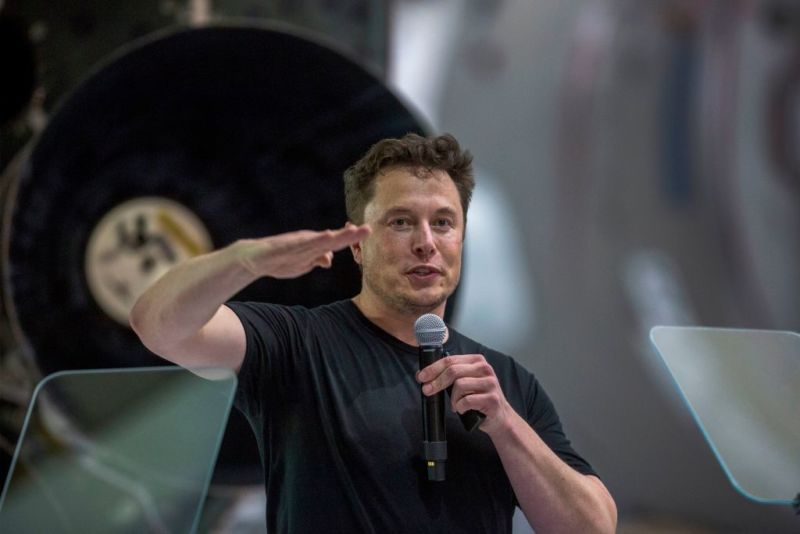
Tesla has always been a turbulent place to work, and that has been especially true of Tesla’s Autopilot team. Between 2016 and 2018, Tesla lost three Autopilot chiefs in a period of 18 months, with a number of lower-level Autopilot managers and engineers leaving as well.
The Information’s Amir Efrati reports that Tesla has suffered a fresh wave of Autopilot departures.
“At least 11 members of the software team, or close to 10% of the total group, including some longtime members, departed in the past few months,” Efrati writes. “These departures follow Mr. Musk’s removal of the Autopilot group’s leader Stuart Bowers around the start of May.”
Efrati wrote last November that Bowers had responsibility for the Autopilot effort alongside AI expert Andrej Karpathy. Bowers focused on operational issues, while Karpathy was the technical lead.
At an April event, Musk boasted about Tesla’s rapid progress on self-driving technology and predicted that Tesla would achieve full autonomy in 2020. But Efrati reports that Musk has struck a different tone behind closed doors. Musk told subordinates that “he was unhappy with the progress in developing fully automated driving capabilities. He is also upset that some team members have told him they can’t meet the timelines he has set for developing the technology,” according to sources who talked to Efrati.
Until this year, Tesla’s Autopilot technology was limited to assisting with freeway driving. Autopilot would keep the car in its lane and maintain a safe distance from nearby cars, but that was about it. In recent months, Tesla began rolling out more advanced features, like the ability to change lanes and take freeway interchanges.
Musk’s plan is for Tesla to tackle city driving—including streetlights, roundabouts, and other complex intersections—in the coming months. Musk claims that Autopilot will be capable of handling all types of roads and intersections—albeit with driver supervision—by the end of the year, a condition he describes as “feature complete.” Then he thinks it’ll take no more than another year for the technology to become safe enough that human supervision won’t be necessary.
Is Musk underestimating the difficulty of full self-driving?
Musk has long been optimistic about Tesla’s Autopilot progress. In 2015, Musk declared that building a fully autonomous vehicle was “a much easier problem than people think it is.” He predicted that Tesla would solve it in about two years.
But other companies have found the transition from “feature complete” to full autonomy to be quite difficult. Waymo, for example, has had cars capable of driving on a wide range of road types since about 2015. Yet four years later, the company still has safety drivers behind the wheel for most trips.
One thing that makes urban driving hard is that every city is different. Cities not only have subtle differences in driving laws, signage, and road design but in driving styles, too. Companies like Waymo are planning to deal with this by rolling out a taxi service one city at a time. Tesla, by contrast, needs to master the problem for its global customer base.
Other companies have also initially focused on cities like Phoenix, Miami, and Houston with wide suburban streets and warm weather. Tesla needs its technology to work in a full range of weather and traffic conditions, including dense, snowy places like New York and Boston.
